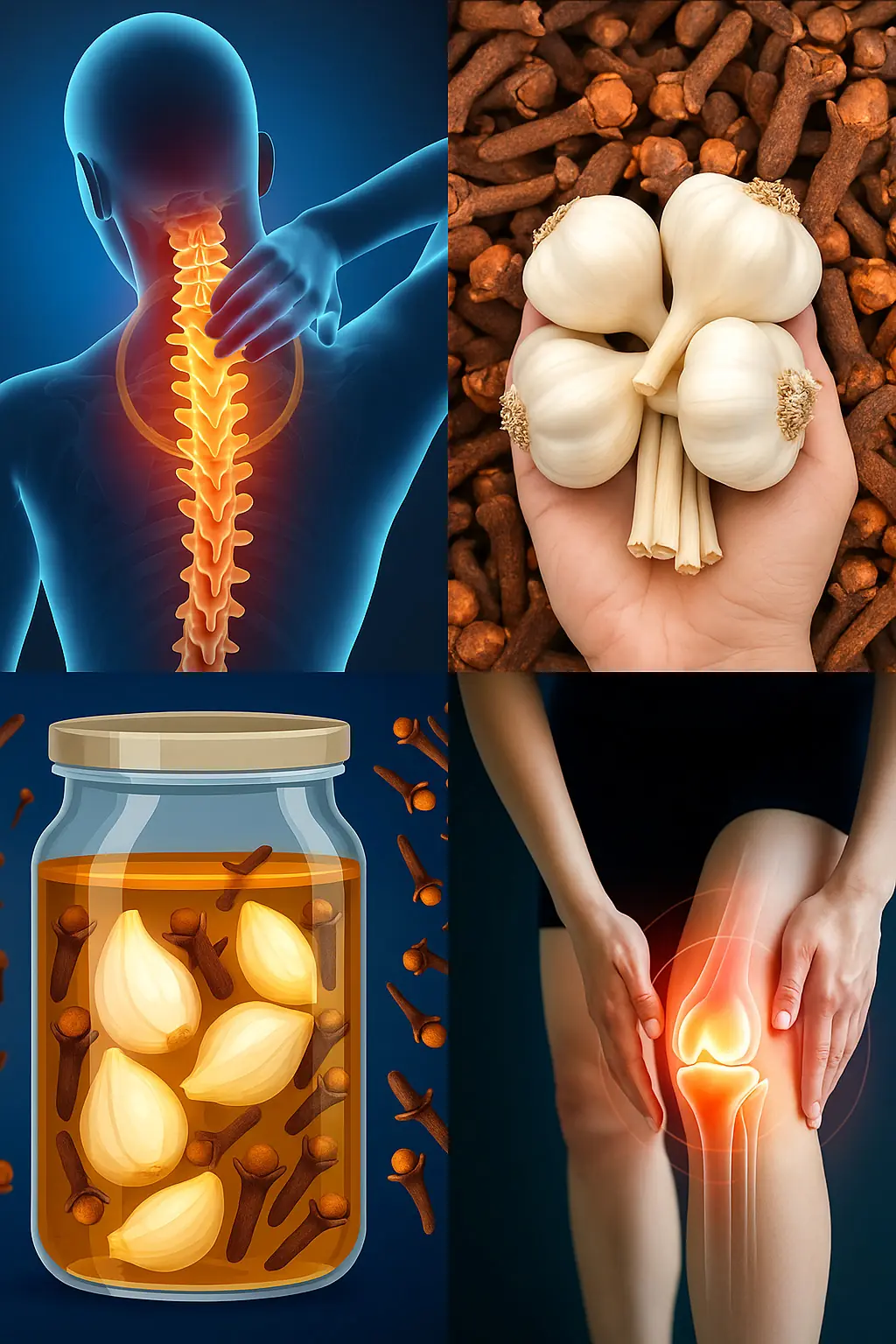
Top 5 foods to avoid if you have high blood pressure

High blood pressure — often called the “silent killer” — affects nearly one in three adults around the world. It’s the leading risk factor for heart disease, which remains the number one cause of death in most developed countries. The reason it’s considered “silent” is that it can damage your body for years without showing any obvious symptoms, quietly increasing the risk of heart attack, stroke, kidney failure, and even dementia.
Unfortunately, more than half of people with high blood pressure struggle to control it effectively. One major reason is diet — many simply don’t know which foods can make their condition worse.
In this article, we’ll break down five common types of foods you should avoid if you have high blood pressure, or hypertension — defined as a blood pressure reading consistently at or above 140/90 mmHg.
Number 5: High Added-Sodium Foods
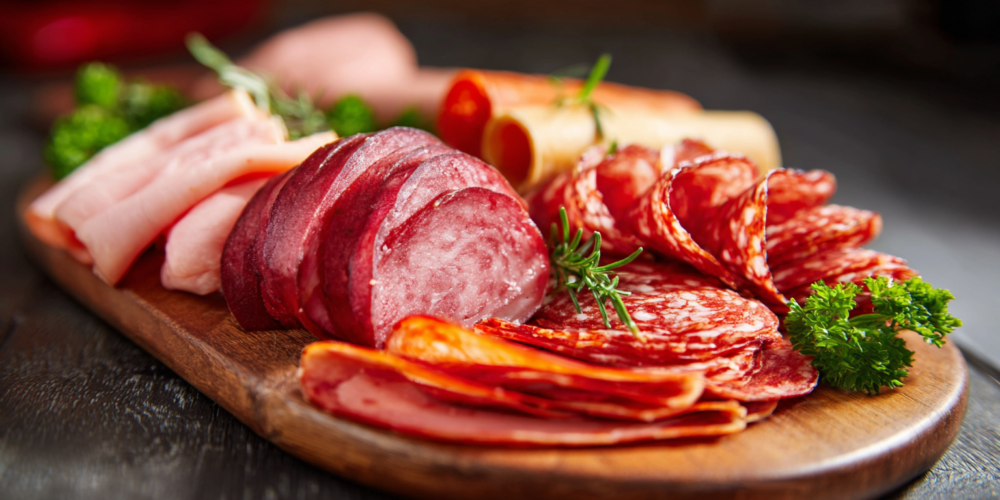
Salt is the most well-known dietary trigger for elevated blood pressure. But not all salt is created equal, and not everyone realizes just how much sodium hides in everyday foods.
Salt (sodium chloride) is composed of about 40% sodium and 60% chloride. While your body does need some sodium to regulate fluid balance, support nerve signaling, and help muscles contract, too much sodium causes the body to retain water. This extra fluid increases blood volume, putting additional pressure on your arteries — which raises blood pressure.
Certain groups are especially sensitive to sodium’s effects, including people with hypertension, diabetes, kidney disease, older adults, and African Americans. For these populations, even moderate excess sodium can make blood pressure spike quickly.
The American Heart Association (AHA) recommends limiting sodium intake to less than 2,300 mg per day, and ideally under 1,500 mg for those with high blood pressure. Yet, the average American consumes over 3,400 mg daily, mostly from processed or restaurant foods — not from the salt shaker at home.
The Type of Salt Matters
Table salt, the refined white crystals most people use, has been heavily processed to remove naturally occurring minerals. It often contains additives like anti-caking agents, dextrose (a sugar), and sometimes microplastic contaminants. In contrast, natural salts such as Himalayan pink salt or sea salt contain trace minerals like magnesium, potassium, and calcium, which may help support overall mineral balance.
However, even natural salts contain sodium, so they should still be used sparingly. The key is quality and moderation — not total elimination, unless directed by your doctor.
Foods High in Sodium to Avoid
Many sodium-laden foods don’t even taste salty. Here are common examples that can easily exceed your daily sodium limit:
-
Canned foods – Soups, sauces, and beans often pack 800–1,200 mg of sodium per serving. Even half a cup of tomato sauce can contain 400 mg.
-
Processed and deli meats – Turkey slices, ham, salami, hot dogs, and sausages often contain sodium as a preservative. Three slices of deli turkey can add up to 1,000 mg.
-
Pre-packaged frozen meals – Frozen pizzas, pies, or even “healthy” vegetarian options like veggie nuggets may contain over 1,500 mg of sodium each.
-
Salty snacks – Potato chips, pretzels, cheese sticks, instant noodles, and pickles. A single packet of instant noodles can contain 1,800 mg of sodium — more than your entire daily limit.
-
Condiments and sauces – Soy sauce, ketchup, salad dressings, teriyaki, and hot sauces can all add hundreds of milligrams of sodium in just one tablespoon.
To protect your heart, prioritize fresh, whole foods and season with herbs, spices, garlic, and lemon juice instead of salt. Also, eat potassium-rich fruits and vegetables — like bananas, spinach, avocados, and oranges — to help balance sodium’s effects.
Number 4: High Added-Sugar Foods

While salt gets most of the attention, added sugar may actually be an even stronger driver of high blood pressure. A 2014 study in Open Heart concluded that diets high in added sugar, particularly fructose, increase both systolic and diastolic blood pressure.
It’s important to distinguish natural sugars in whole fruits (which come with fiber and nutrients) from added sugars — such as high-fructose corn syrup and refined white sugar — found in processed foods and drinks.
Research shows that consuming sugary foods and beverages for just two weeks can significantly raise blood pressure. This happens because excess sugar triggers insulin resistance, which sets off a cascade of harmful effects:
-
Increased sodium retention in the kidneys.
-
Reduced nitric oxide production, leading to stiff arteries.
-
Overactivation of the sympathetic nervous system, which constricts blood vessels.
-
Electrolyte imbalance, making it harder for cells to regulate blood pressure.
Over time, these changes contribute to obesity, diabetes, and heart disease — all closely tied to hypertension.
Hidden Sources of Sugar
To reduce your sugar intake, avoid or limit:
-
Soft drinks and fruit juices (a single 12-ounce soda contains ~39 grams of sugar — 10 teaspoons!)
-
Candy, milk chocolate, cakes, and pastries
-
Flavored yogurts, sweetened cereals, and energy drinks
-
White bread and refined carbs that quickly convert to sugar in the body
The AHA recommends limiting added sugar to no more than 6 teaspoons per day for women and 9 teaspoons for men. Yet, the average adult consumes nearly 17 teaspoons daily — almost triple the recommended amount.
Artificial sweeteners aren’t much better. Studies from the Canadian Medical Association Journal link aspartame, sucralose, and saccharin to increased blood pressure and metabolic disturbances. Even “natural” options like stevia should be used sparingly, as they’re still processed.
Number 3: Fried Foods
Fried foods are a double threat — they’re high in unhealthy fats and loaded with sodium. Items like French fries, fried chicken, onion rings, and donuts are cooked in oils that become oxidized and rancid at high temperatures, forming harmful compounds called Advanced Glycation End Products (AGEs).
AGEs trigger inflammation, oxidative stress, and vascular stiffness — all of which raise blood pressure. A 2019 study found that people who consumed fried foods daily had a 14% higher risk of heart disease, while another 2018 study linked Southern-style diets rich in fried foods to a 17% increase in hypertension.
To cook healthier meals, use unrefined oils like extra virgin olive oil, avocado oil, sesame oil, or macadamia oil, and choose baking or air-frying instead of deep frying.
Number 2: Alcohol
Alcohol has a direct and measurable impact on blood pressure. Even moderate consumption can raise your numbers, and the more you drink, the higher your risk climbs.
A 2023 meta-analysis of 15 studies found that reducing alcohol intake consistently lowers blood pressure, especially in people who drink regularly.
If you choose not to quit entirely, limit yourself to no more than one drink per day — whether that’s a glass of wine, beer, or a small serving of spirits. Remember, “moderation” means occasional enjoyment, not daily habit.
Excessive drinking also disrupts sleep, increases stress hormones, and contributes to weight gain — all of which worsen hypertension.
Number 1: Highly Caffeinated Drinks
Caffeine stimulates the nervous system, causing a temporary rise in blood pressure. For most healthy people, this effect is short-lived. But for those with hypertension, energy drinks and high-caffeine beverages can be dangerous.
Energy drinks often contain two to six times more caffeine than coffee, plus sugar and stimulants like taurine or guarana. A 2019 American Heart Association study showed that drinking just 32 ounces of an energy drink raised blood pressure and heart rate within 30 minutes — increasing the risk of heart rhythm problems (ventricular arrhythmia).
Coffee, however, is more nuanced. Some studies suggest regular coffee drinkers develop tolerance to caffeine, reducing its effect on blood pressure. In fact, Harvard research found no link between coffee consumption and heart disease, even among heavy coffee drinkers.
If you have high blood pressure, monitor your response: if you notice spikes after coffee, reduce your intake or switch to decaf. Avoid energy drinks entirely, and be cautious with caffeine pills or “pre-workout” supplements.
Final Thoughts
Managing high blood pressure isn’t just about medication — it’s also about making smart dietary choices every single day. By avoiding foods high in sodium, added sugar, unhealthy fats, and stimulants, you can significantly reduce your blood pressure and improve your long-term heart health.
Focus on whole, unprocessed foods:
-
Eat plenty of fresh vegetables, fruits, whole grains, legumes, and lean proteins.
-
Stay hydrated with water and herbal teas.
-
Incorporate stress-reducing activities like walking, stretching, or meditation.
Remember: small daily changes add up. Reducing just one high-sodium or high-sugar meal per day can make a noticeable difference in your blood pressure and overall well-being.
News in the same category

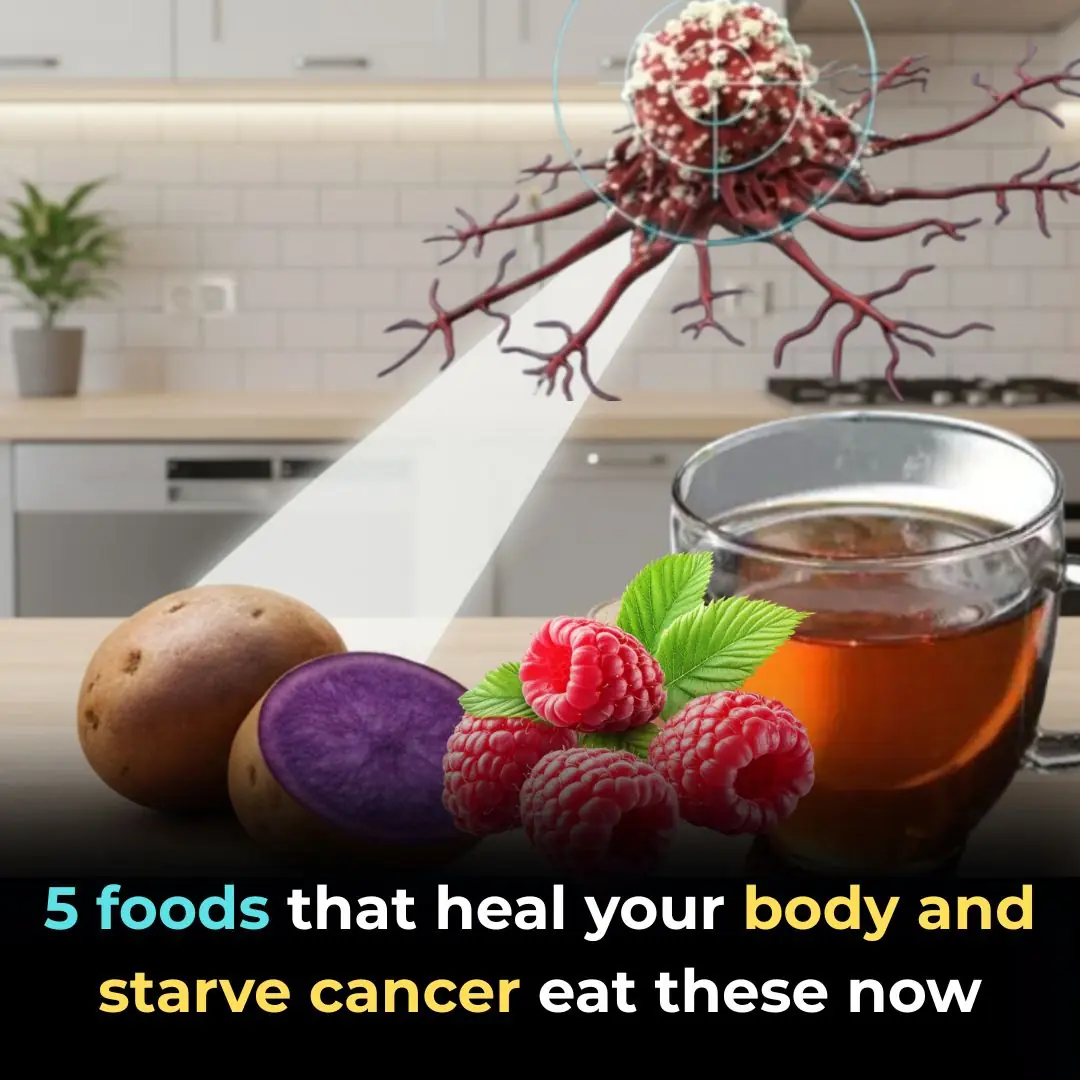
5 foods that heal your body and STARVE cancer—eat these now!
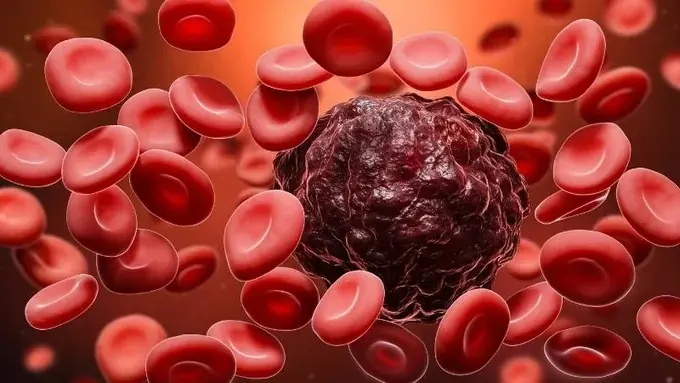
Diagnosed With Terminal Cancer That Spread to Her Brain, the Woman Broke Down in Tears After Learning the “Culprit” Came From Her Own Family
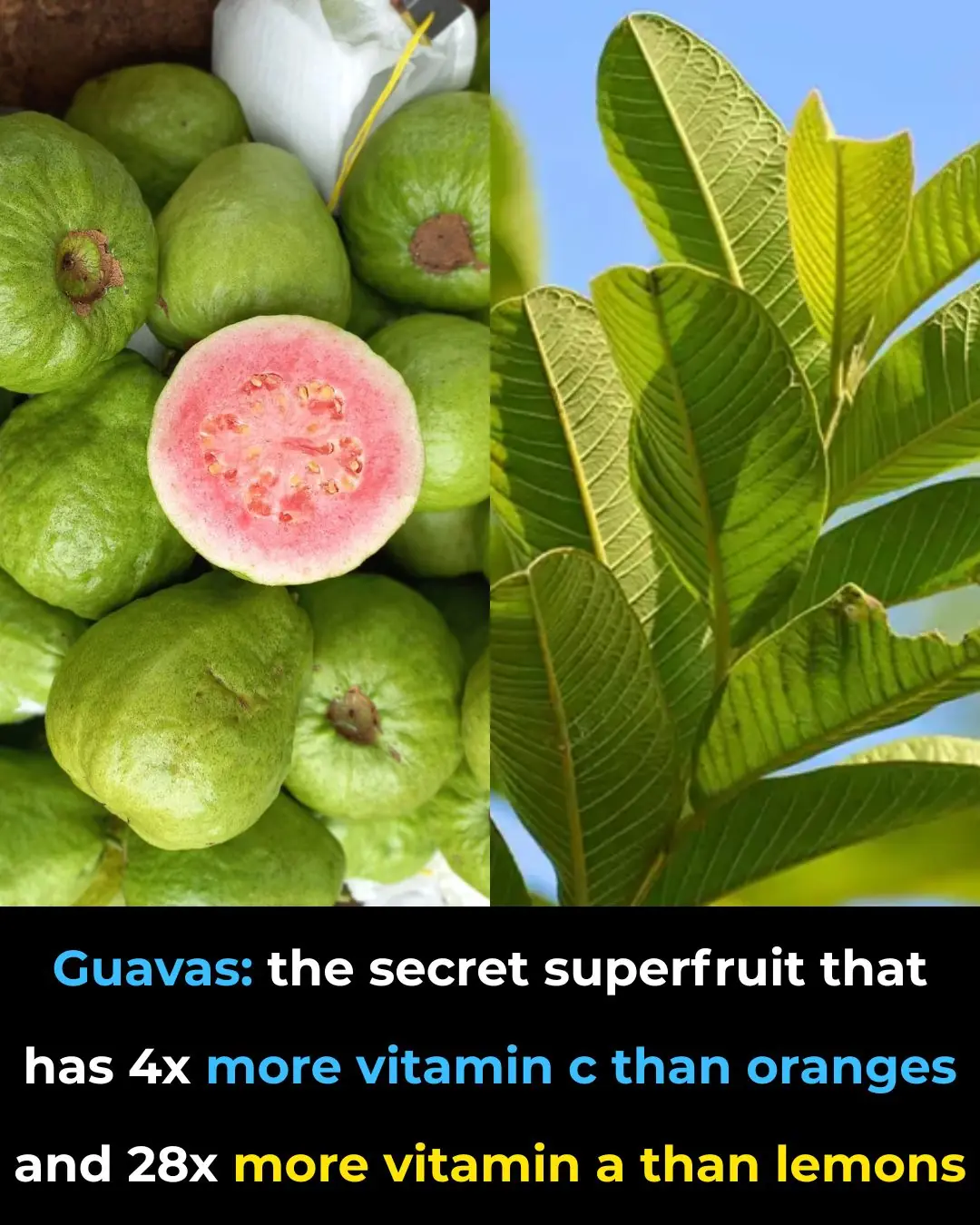
The Impressive Health Benefits of Guava Fruit and Leaves & How to Eat Guava (Evidence Based)
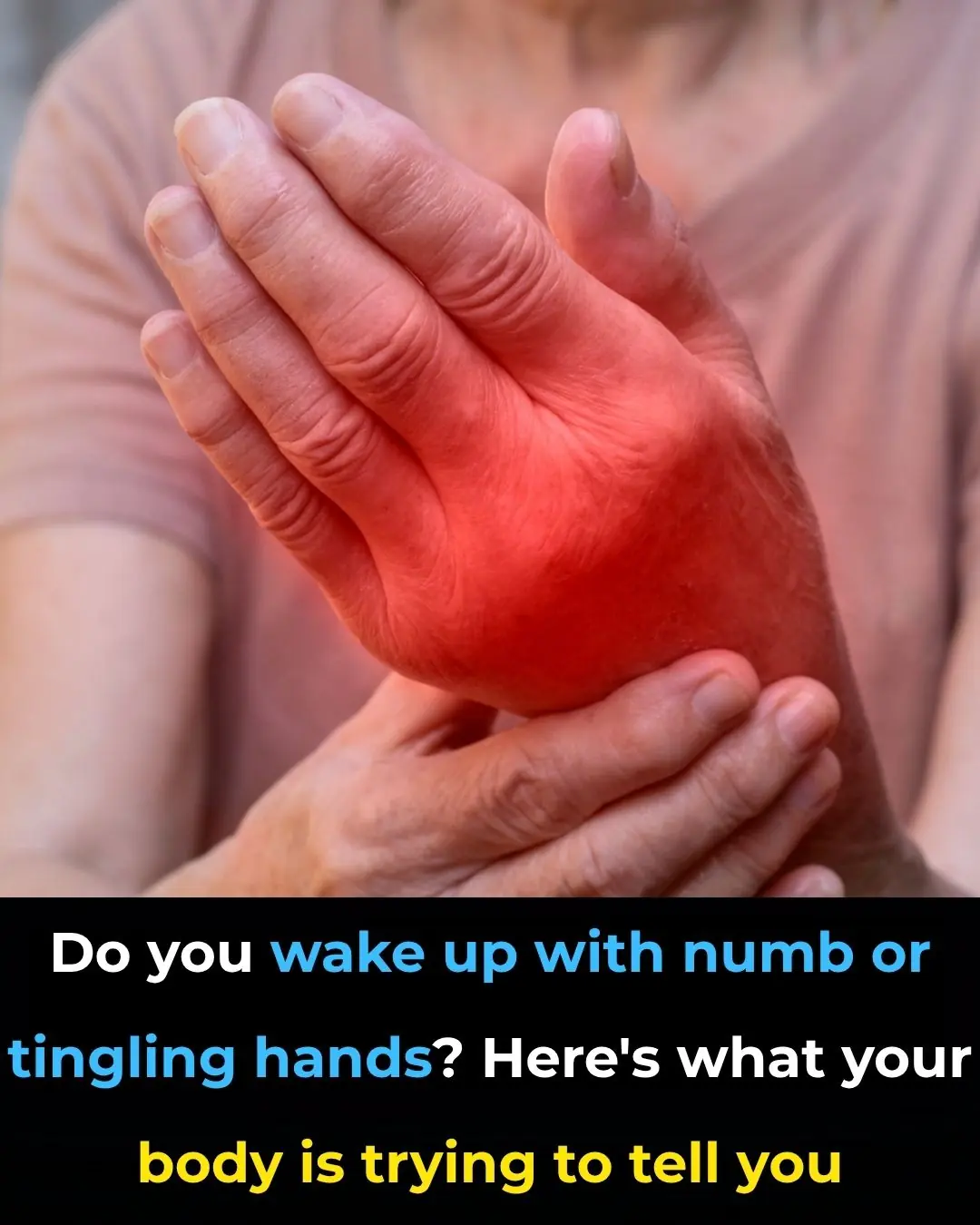
Do You Wake Up With Numb or Tingling Hands? Here's What Your Body Is Trying to Tell You
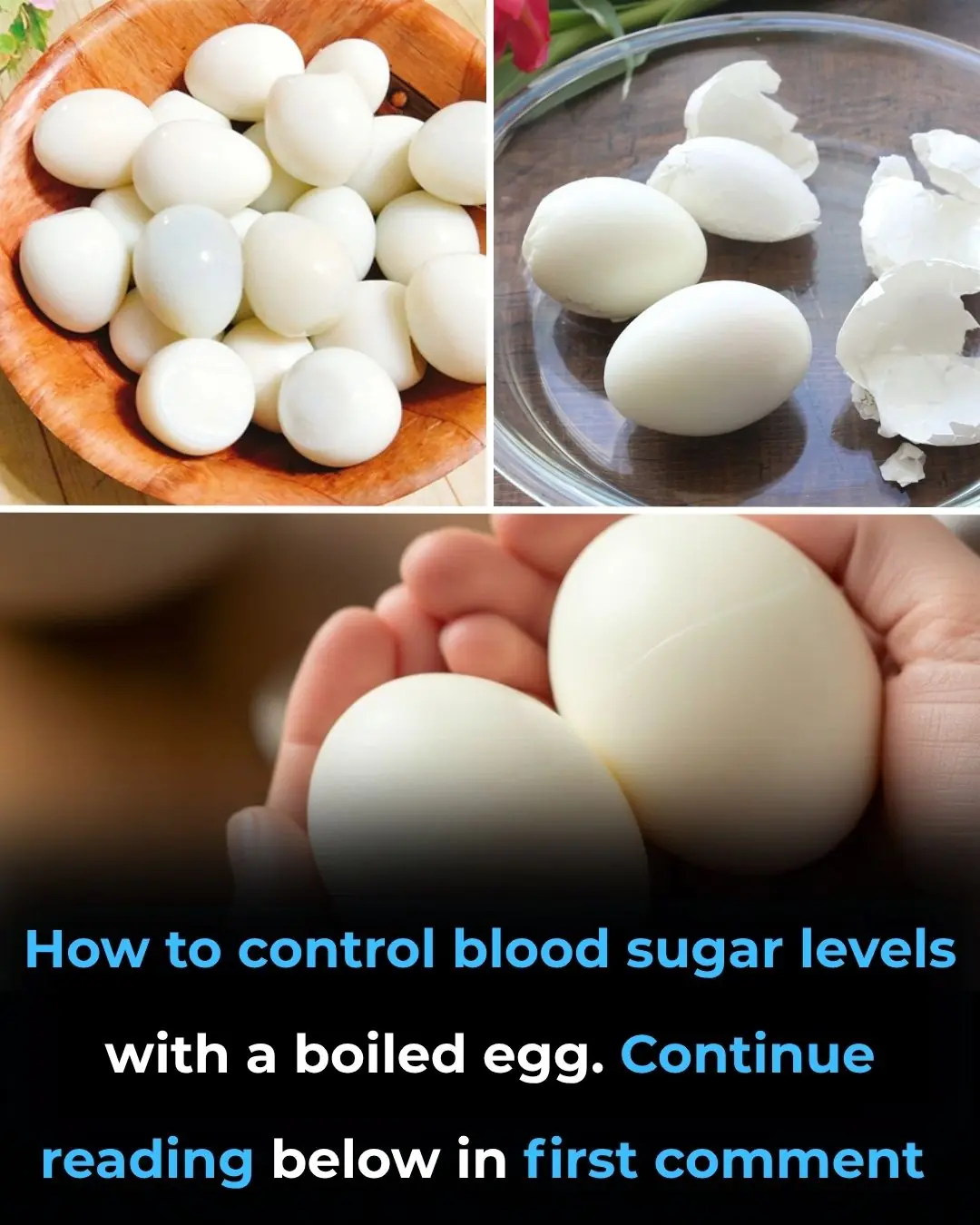
How to Control Blood Sugar Levels with a Boiled Egg

I started adding chia seeds to my breakfast every day — and within a week, I noticed some surprising changes

4 powerful vitamins that help protect you from cancer—start today!
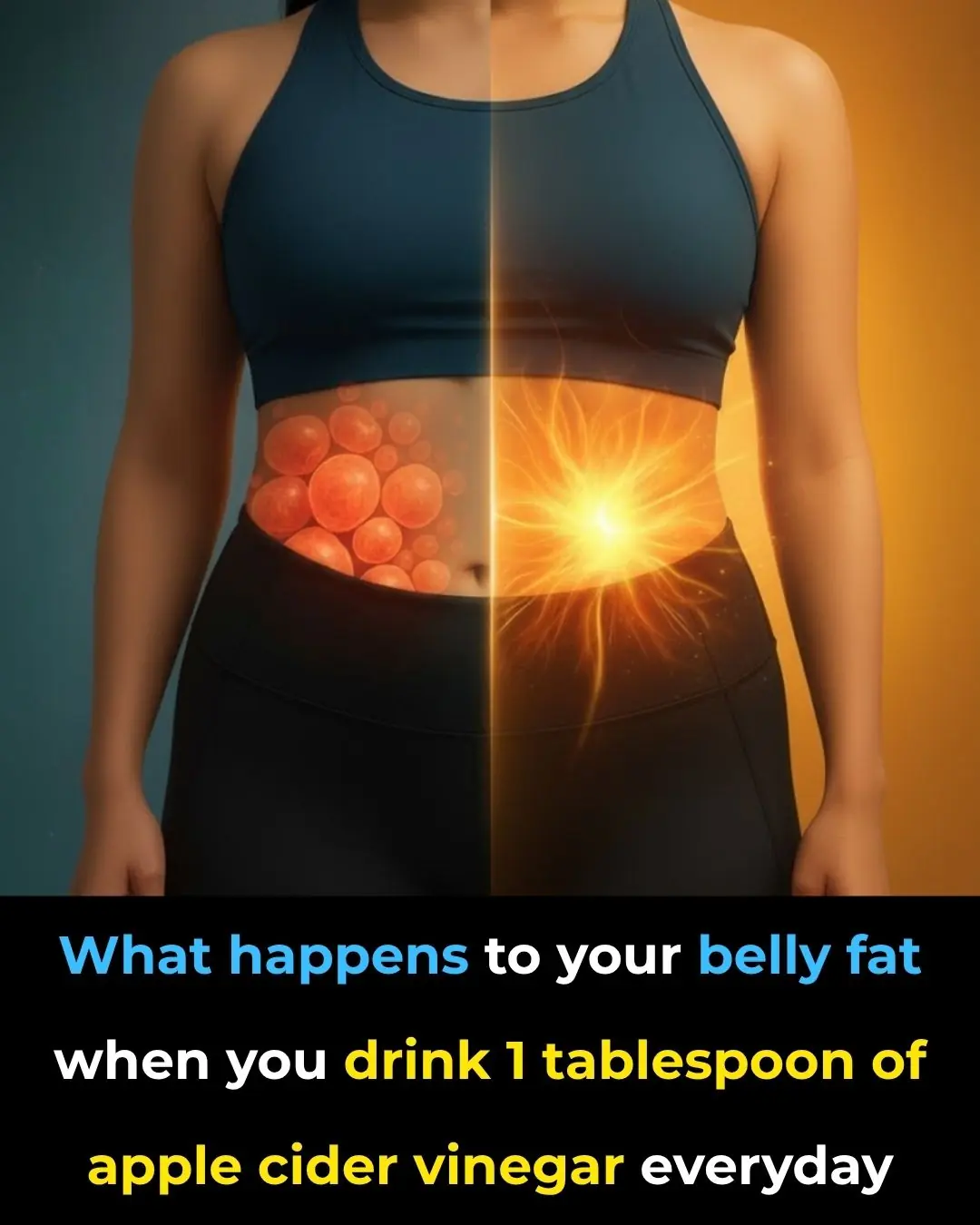
What Happens When You Take 1 TBSP of Apple Cider Vinegar For 60 Days
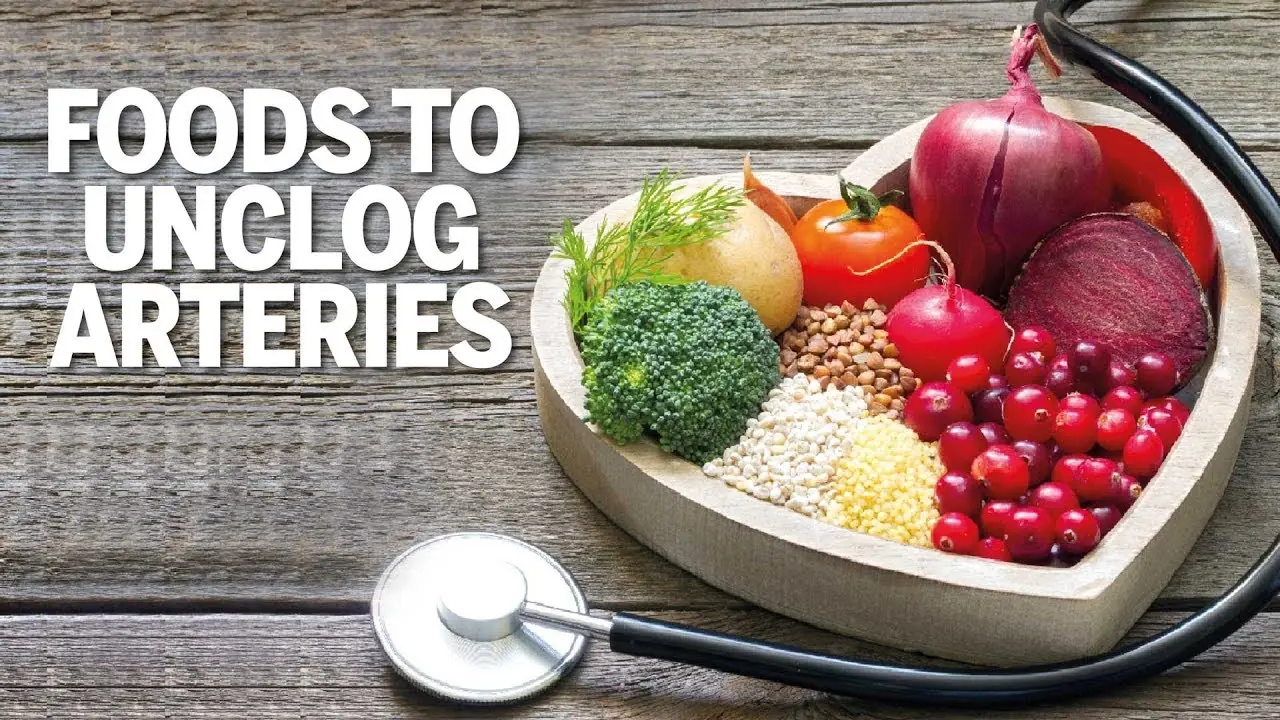
The #1 Food to Unclog Your Arteries Naturally

What Your Feet Can Reveal About Your Blood Pressure, Thyroid, and Arthritis Risk

Stop Throwing Away Avocado Seeds: They’re Powerful Cancer Fighters!

How To Use Coconut Oil On Your Hair To Prevent Graying, Thinning, And Hair Loss

Things Your Pee Is Trying to Tell You
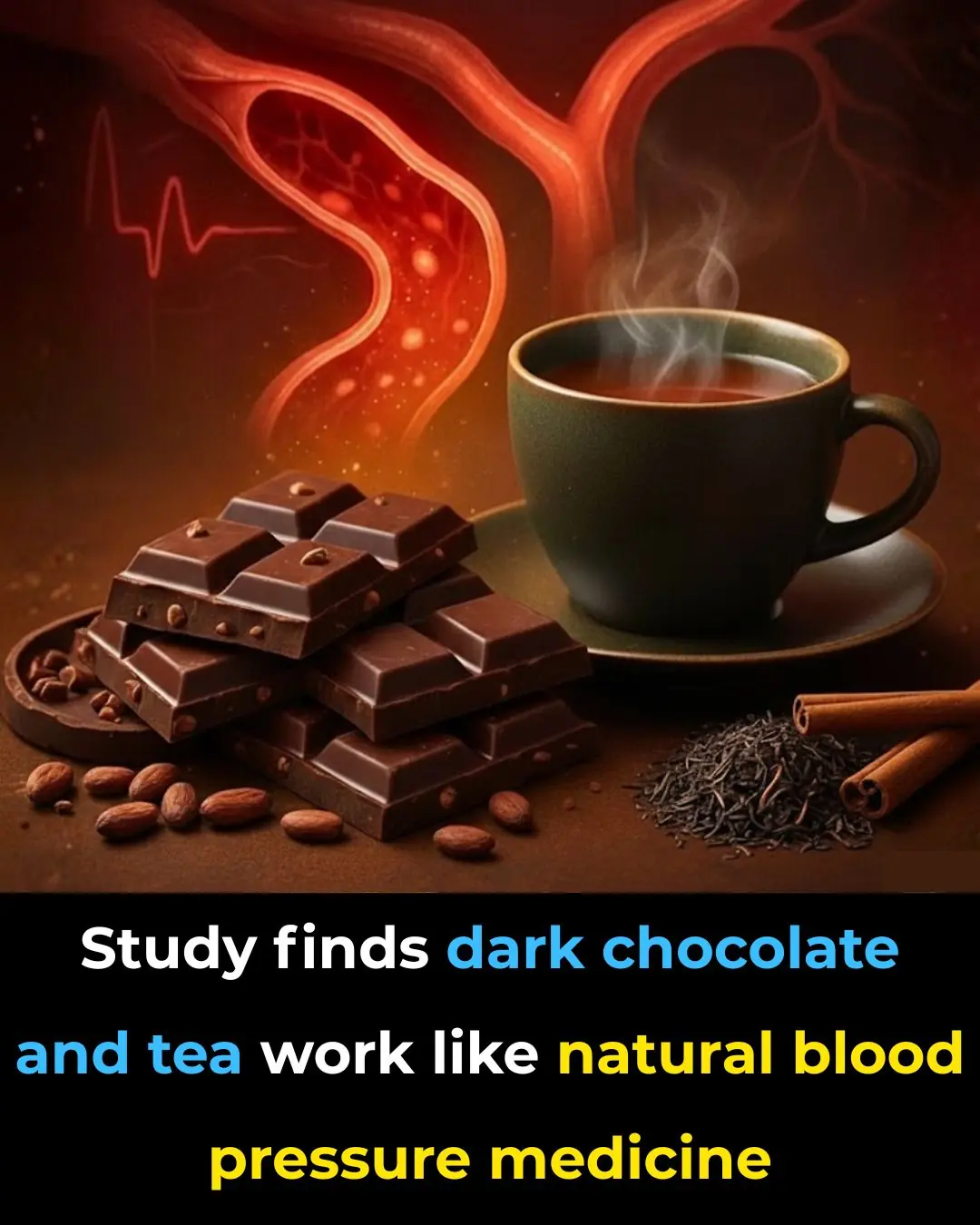
Dark chocolate and tea found to significantly lower blood pressure
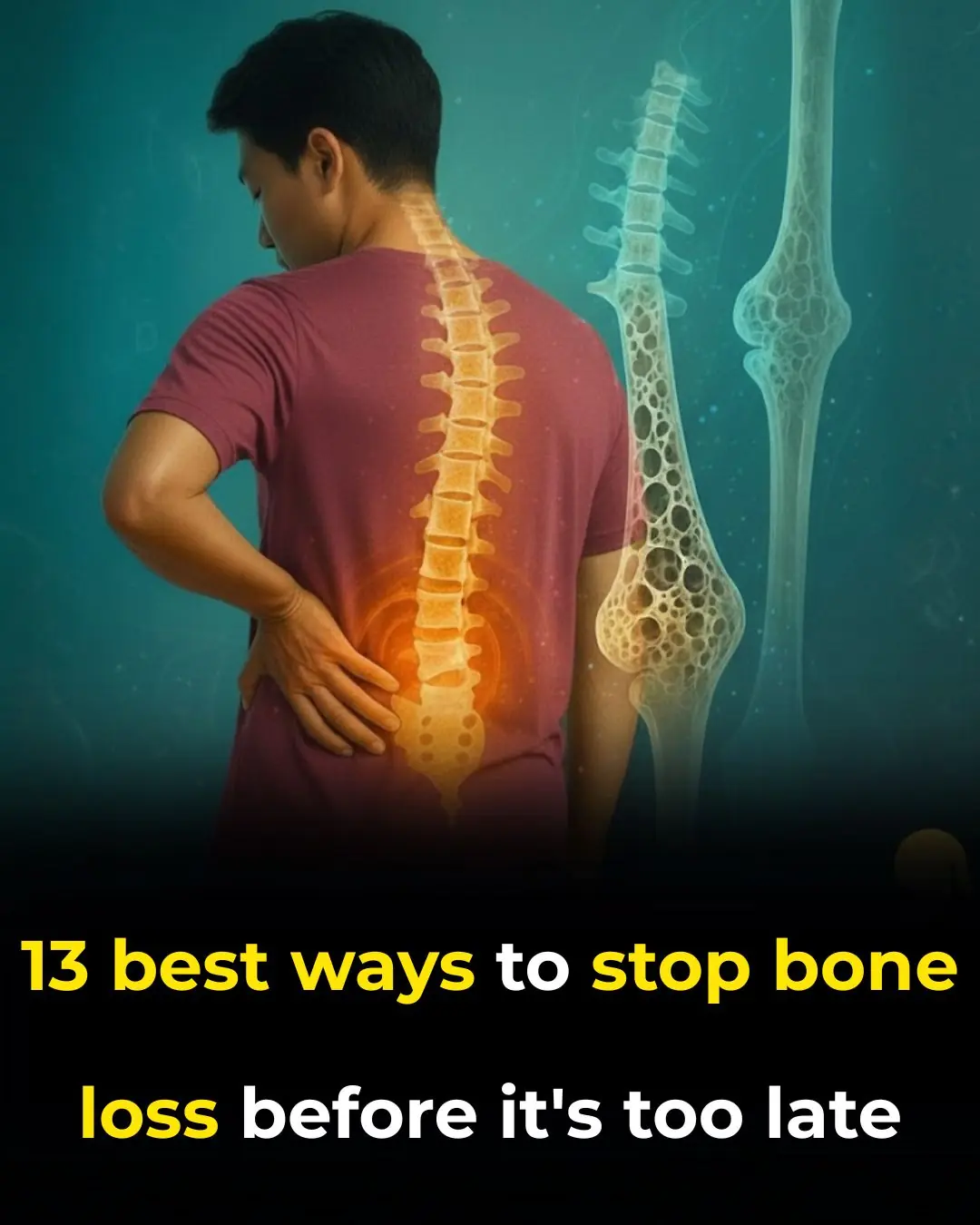
13 best ways to stop bone loss before it’s too late!
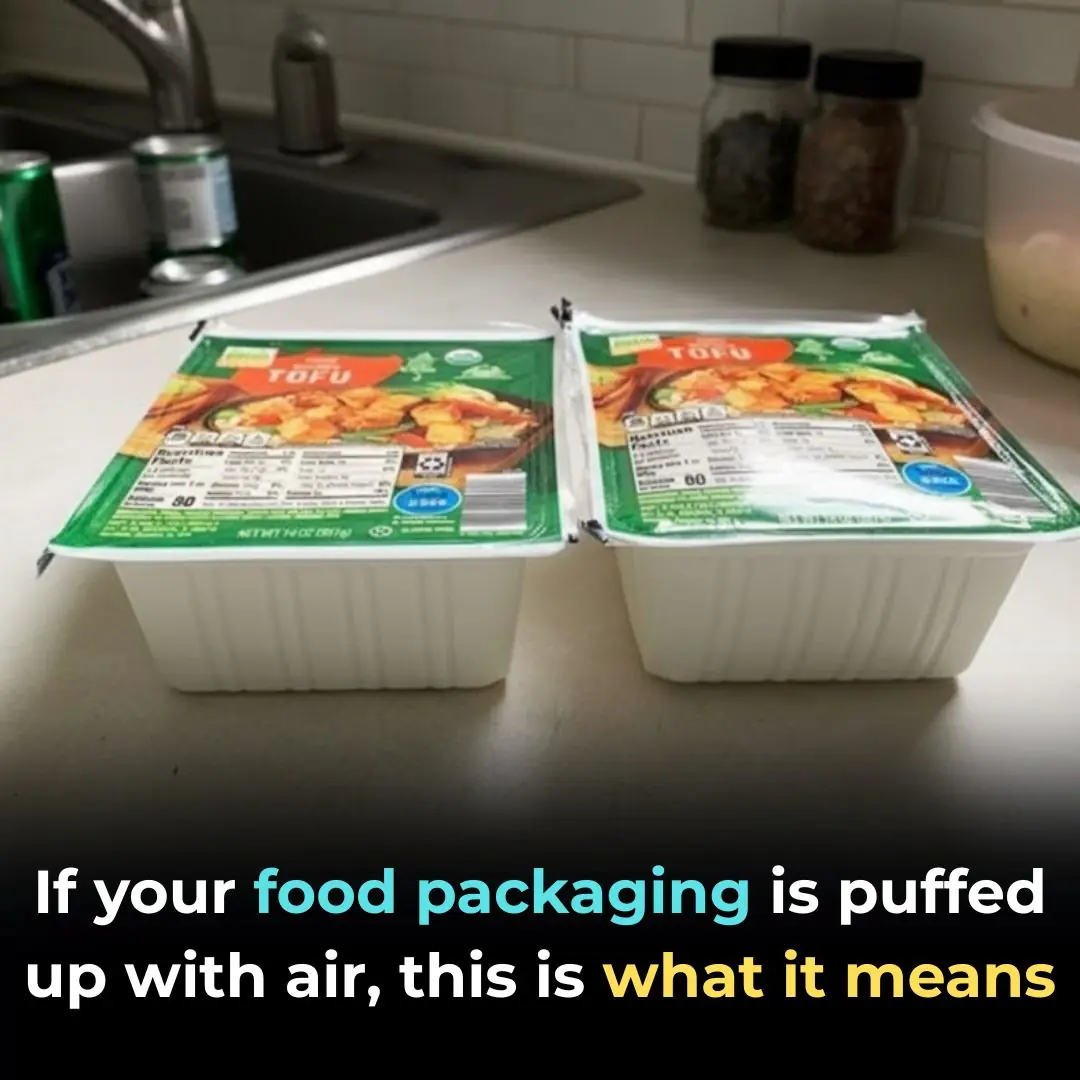
Is Swollen or Bloated Food Packaging Safe to Eat?

Waking Up Between 3 and 5 AM May Be a Sign of Spiritual Awakening
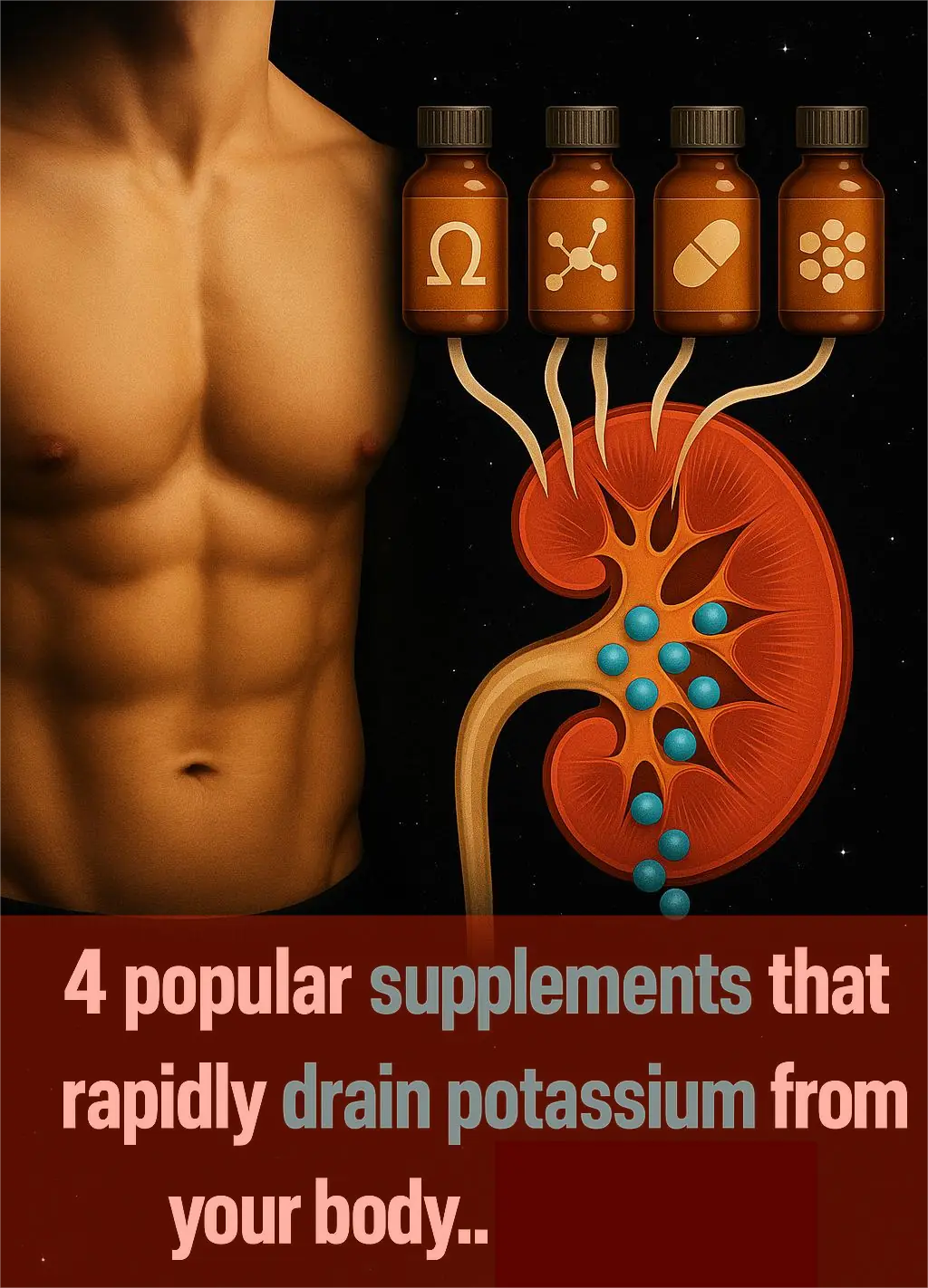
4 popular supplements that rapidly drain potassium from your body
News Post

Garlic & Cloves: The Natural Remedy for Varicose Veins and Circulation

Here’s Why Many Couples Start Sleeping In Separate Beds After 50

5 foods that heal your body and STARVE cancer—eat these now!

Conveniently keep these 3 things under the bed, no wonder the family is in chaos, has many difficulties, and still works hard
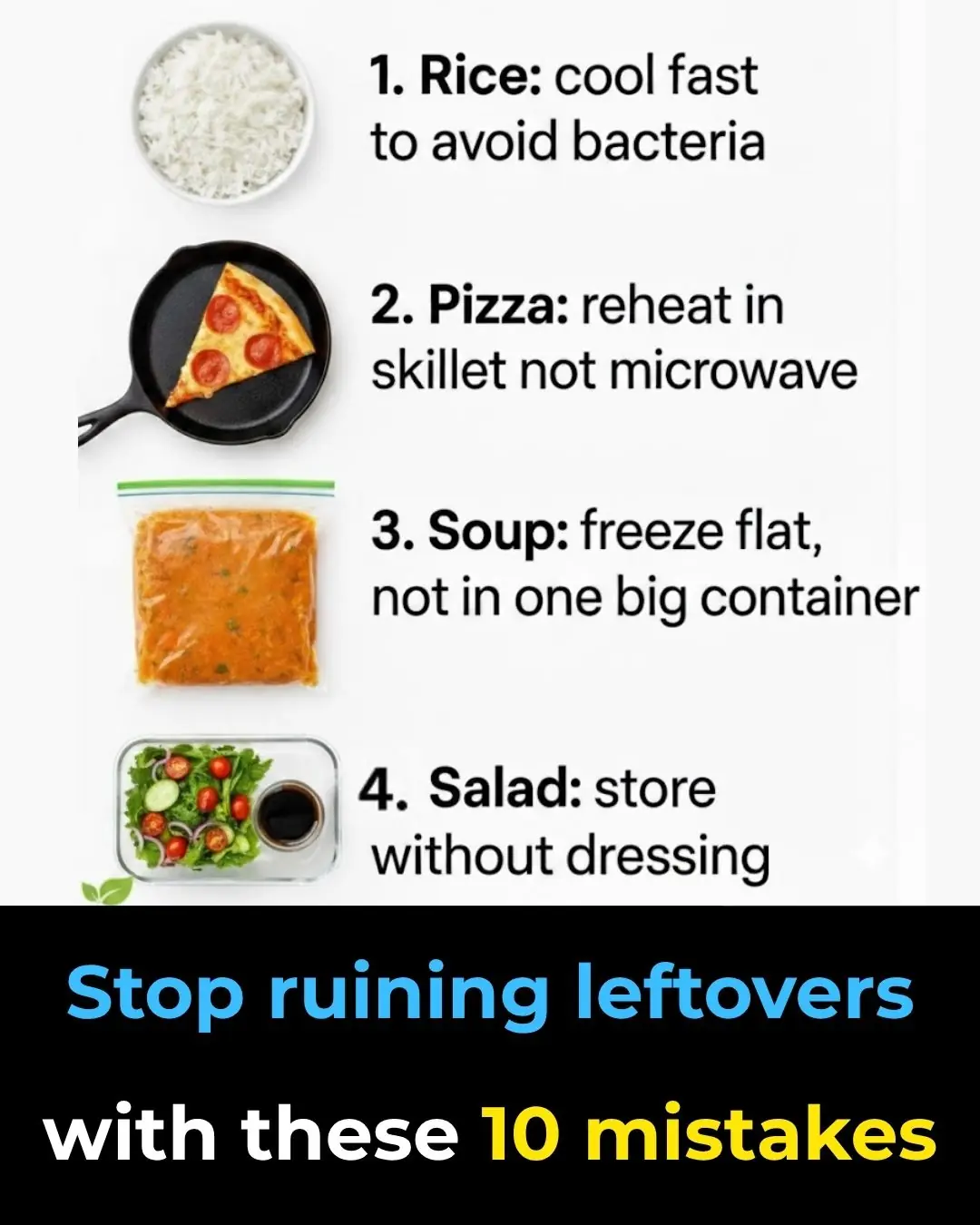
Stop ruining leftovers with these 10 mistakes

You're doing it all wrong. Here’s the right way to store tomatoes

Diagnosed With Terminal Cancer That Spread to Her Brain, the Woman Broke Down in Tears After Learning the “Culprit” Came From Her Own Family

The Impressive Health Benefits of Guava Fruit and Leaves & How to Eat Guava (Evidence Based)

Do You Wake Up With Numb or Tingling Hands? Here's What Your Body Is Trying to Tell You
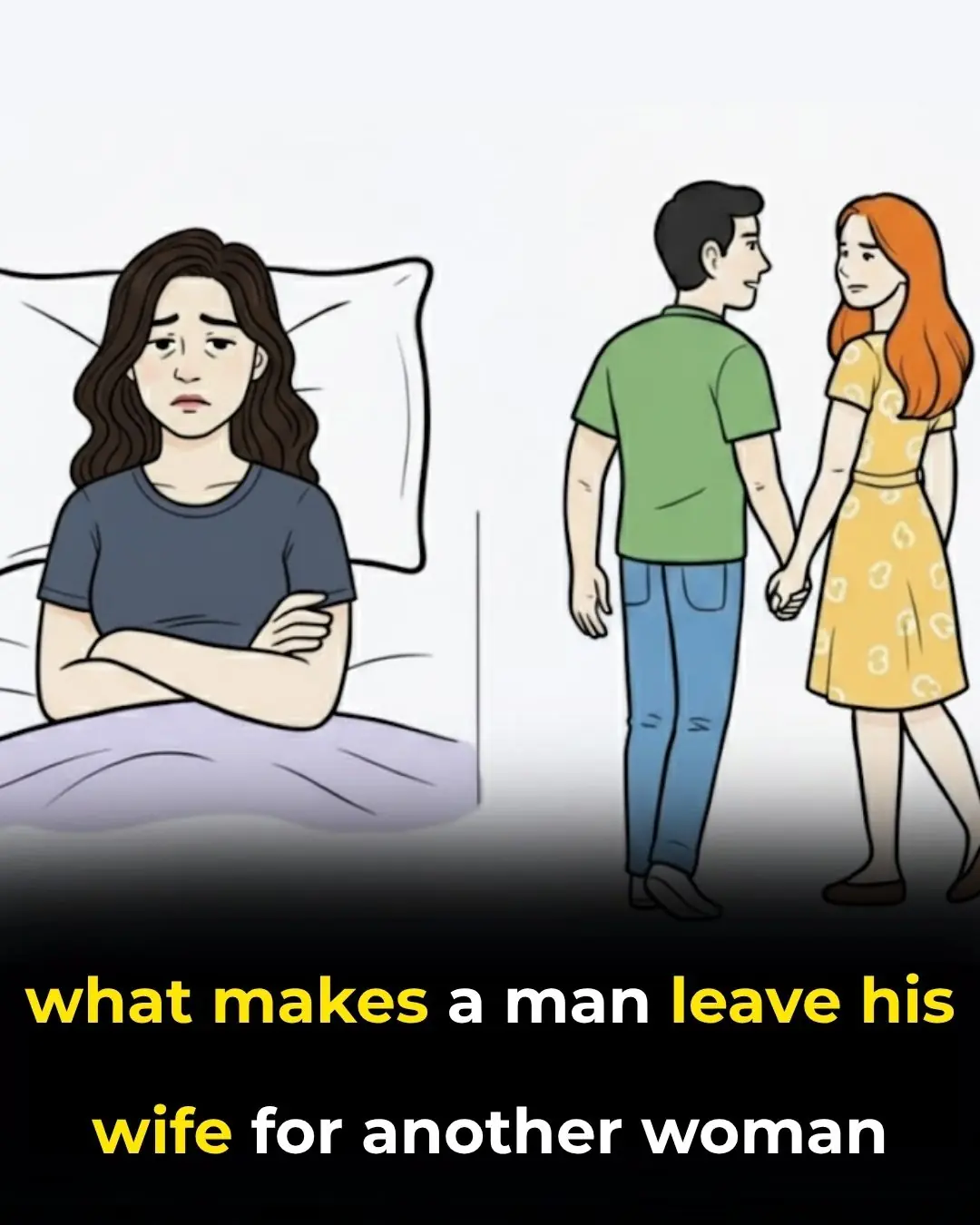
5 Phrases That Indicate a Man is About to Leave His Wife for Another Woman
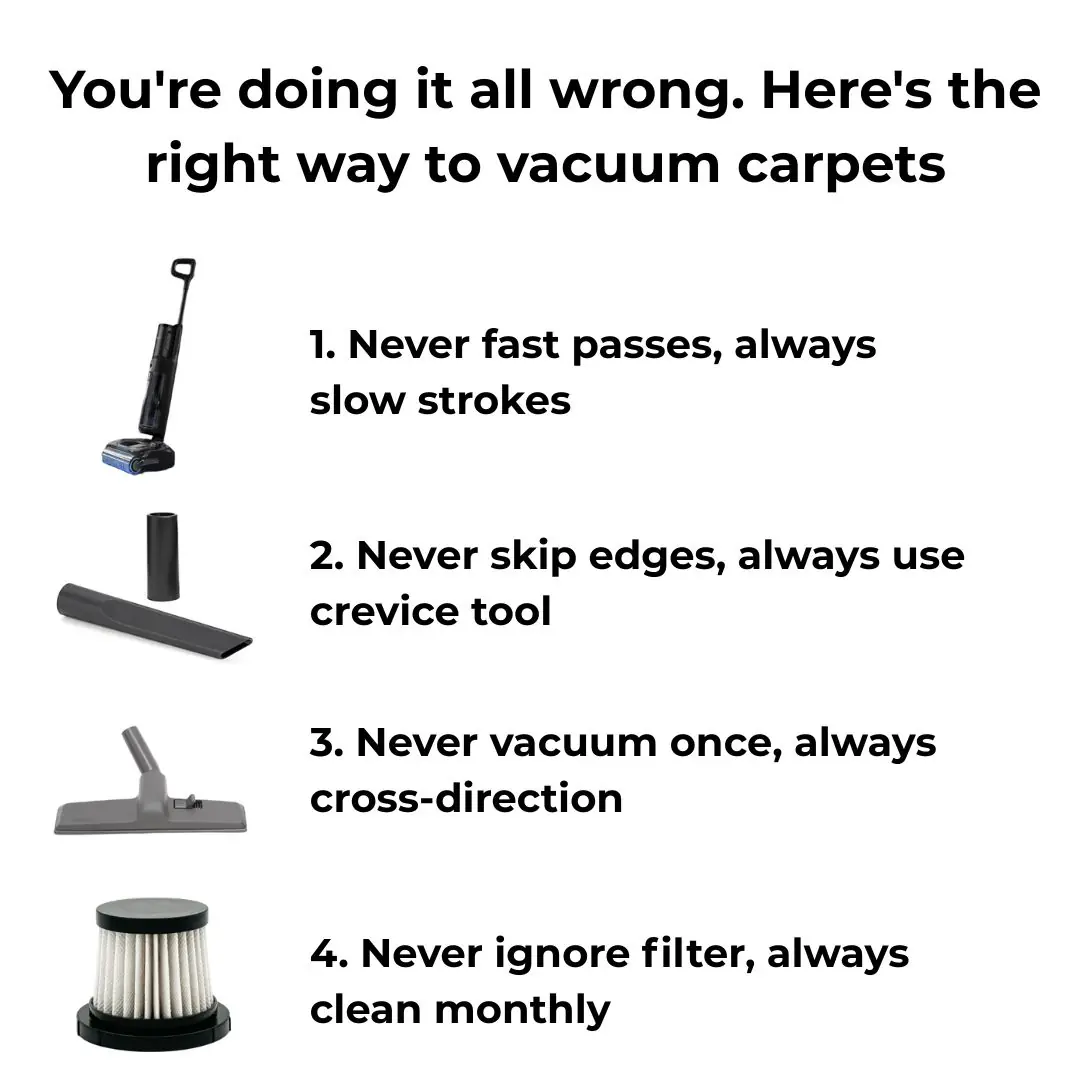
You’re doing it all wrong. Here’s the right way to vacuum carpets

Can You Find The Missing Girl in the Wilderness

How to Control Blood Sugar Levels with a Boiled Egg

Why You Keep Your Room Messy According to Psychology

I started adding chia seeds to my breakfast every day — and within a week, I noticed some surprising changes
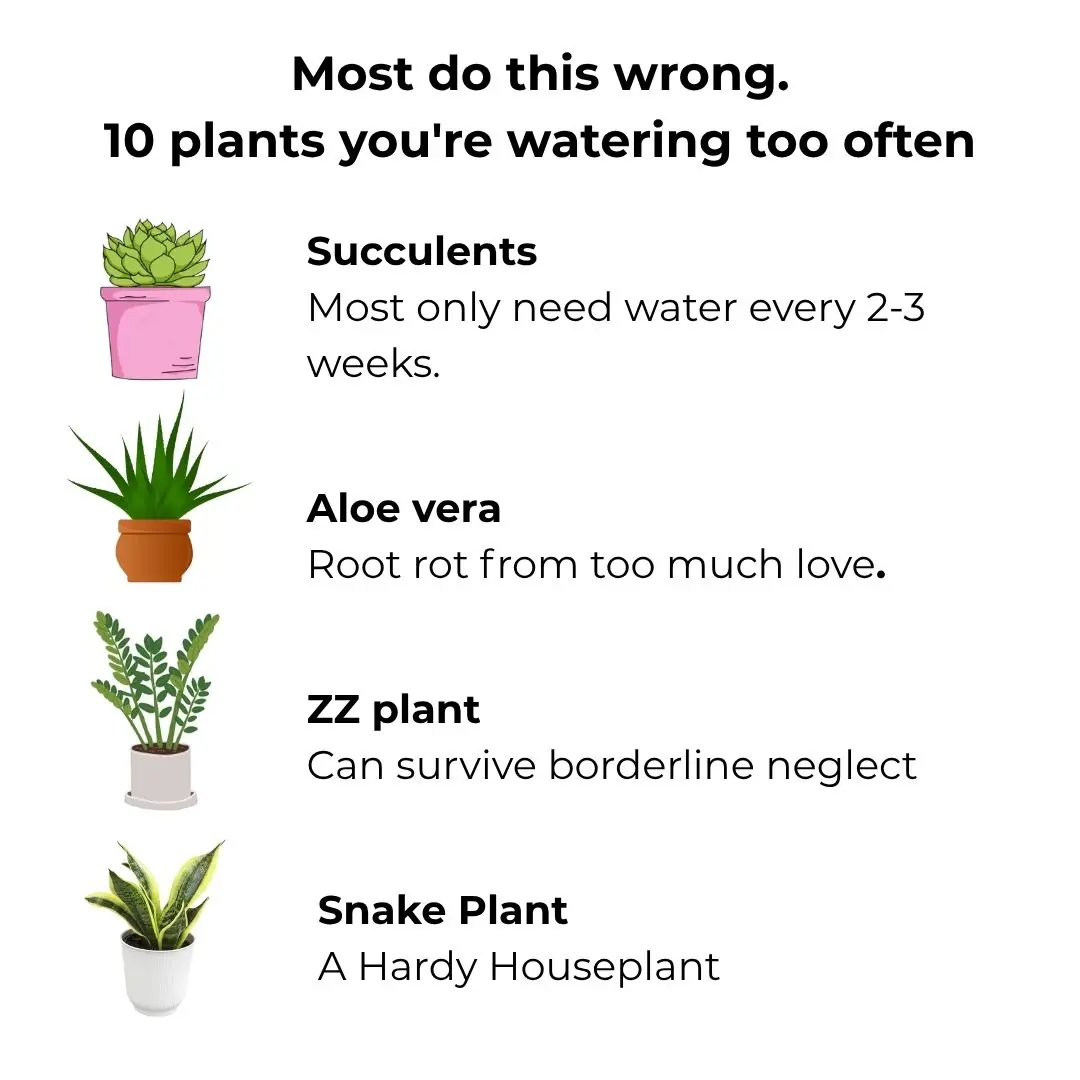
Most do this wrong. 10 plants you’re watering too often

Most don’t know. 12 brilliant ways to use WD-40 around the house
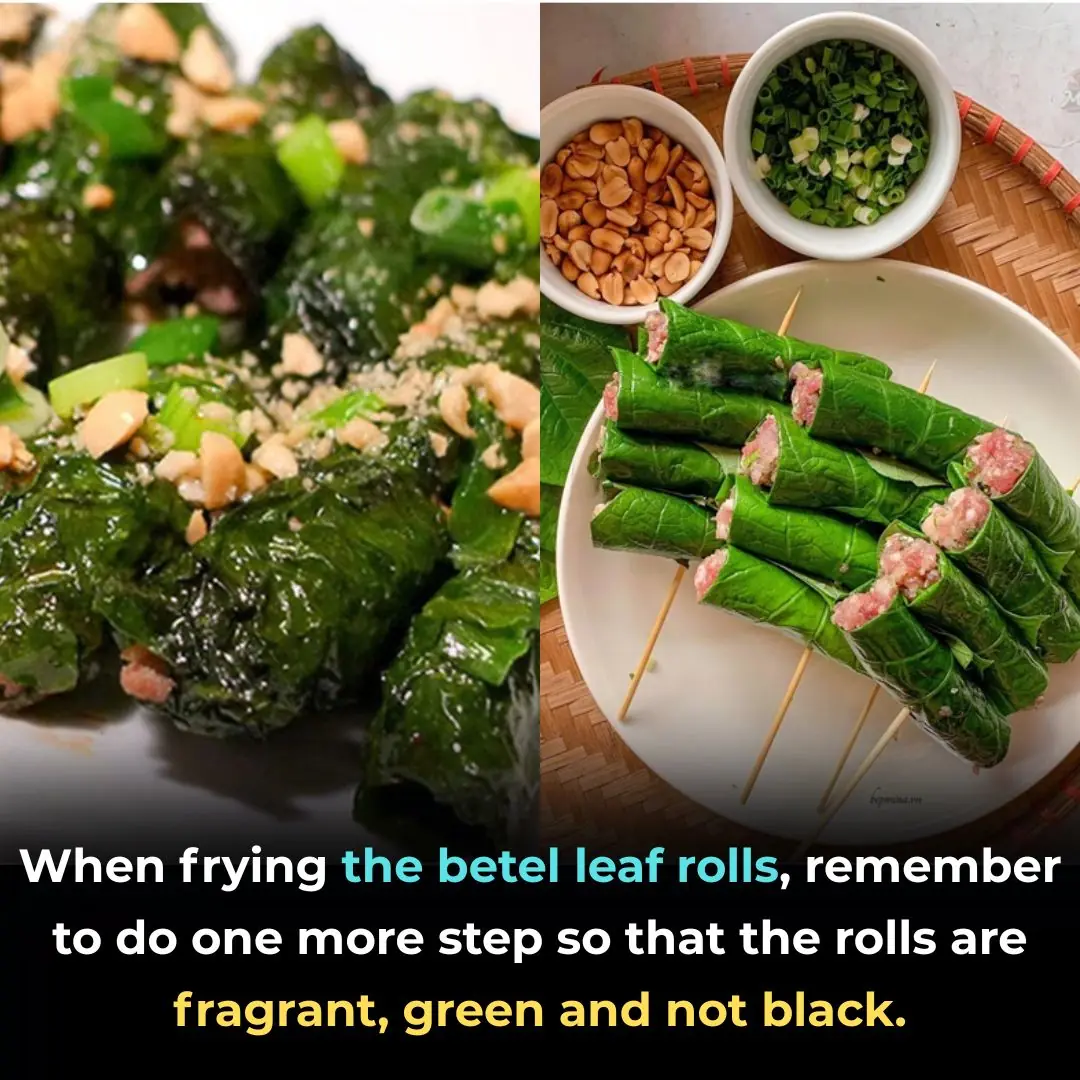
When frying lolot leaf patties, remember to take an extra step so the patties turn out fragrant, bright green, and not darkened.

4 powerful vitamins that help protect you from cancer—start today!
